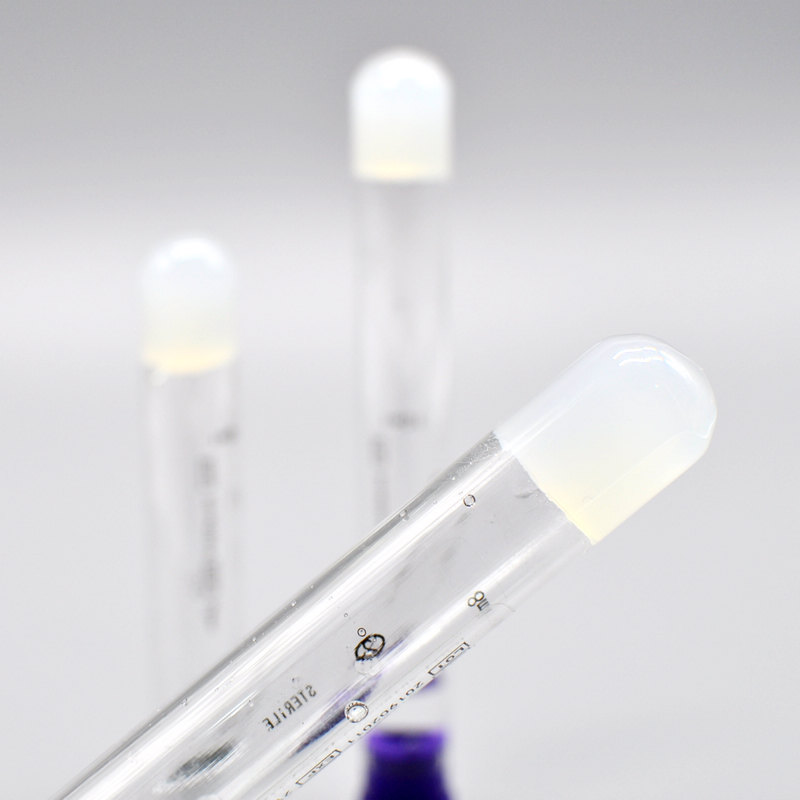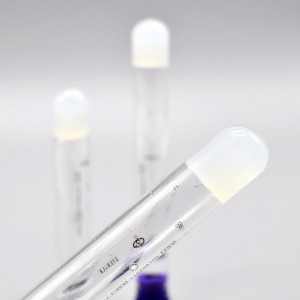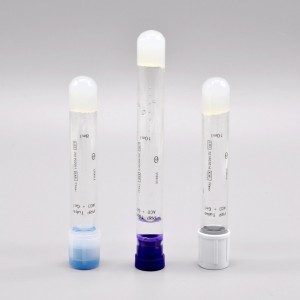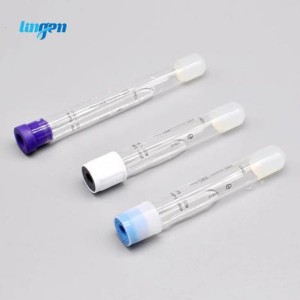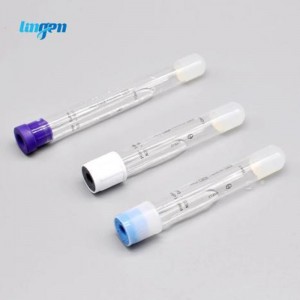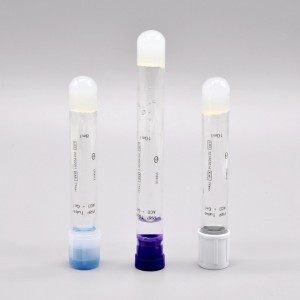HA PRP Collection Tube
Short Description:
HA is hyaluronic acid, commonly known as hyaluronic acid, full English Name: hyaluronic acid. Hyaluronic acid belongs to the glycosaminoglycan family, which is composed of repeated disaccharide units. It will be absorbed and decomposed by the human body. Its action time is longer than that of collagen. It can prolong the action time through cross-linking, and the effect can last for 6-18 months.
The main pathophysiological changes of knee osteoarthritis are cartilage loss, subchondral bone reconstruction, osteophyte formation and synovial inflammatory reaction. The early clinical manifestations are swelling, pain and stiffness of joints and surrounding tissues. With the progress of the disease, it gradually leads to joint dysfunction and seriously affects the quality of life. According to the survey, the global osteoarthritis disability rate was 2.2% in 2010, and the number of disabled people in the same year exceeded 1.7 million, which brought serious harm to society, families and individuals. HA is a high molecular polysaccharide biomaterial formed by repeated alternation of n-acetylglucuronic acid. It is the main component of joint synovial fluid and one of the components of cartilage matrix. It plays a role in nutrition and protection of joints. HA in the treatment of osteoarthritis has been clinically proved to have a certain effect on relieving knee pain symptoms and improving knee mobility. However, due to the lack of evidence-based support, especially the uncertain long-term efficacy, the latest AAOS guidelines for the diagnosis and treatment of knee osteoarthritis do not recommend the use of hyaluronic acid, and the recommendation level is strongly recommended. Triamcinolone acetonide, as a long-acting synthetic glucocorticoid, has strong and lasting anti-inflammatory effect.
Its mechanism is to inhibit phagocytosis and processing of antigens by macrophages; Stabilize lysosomal membrane and reduce the release of hydrolase in lysosome; Inhibit the migration of leukocytes and macrophages out of blood vessels and reduce inflammatory reaction. This study suggests that the effect of intra-articular injection of triamcinolone acetonide is good within one month after treatment, but with the time of retirement, especially after 6 months of treatment, the effect is significantly inferior to the other two groups. Mcalindon and other studies showed that for symptomatic patients with knee osteoarthritis, intraarticular injection of triamcinolone acetonide caused significant cartilage volume loss and no significant difference in knee pain compared with normal saline.
The above studies do not support this treatment for symptomatic patients with knee osteoarthritis. Some researchers have used triamcinolone acetonide and sodium hyaluronate intra-articular injection to treat knee osteoarthritis, and its short-term and long-term efficacy is better than that of hyaluronic acid alone. As a new treatment, PRP can be obtained from patients' autologous peripheral blood, without immune rejection, and contains high concentrations of growth factors. Growth factors have been proved to promote chondrocyte proliferation and extracellular matrix synthesis. Moreover, recent studies have shown that PRP can inhibit the bacterial free inflammation of synovium to a certain extent while promoting chondrocyte regeneration. More and more animal experiments and clinical studies suggest its good efficacy. This study shows that the WOMAC score of PRP at 1 and 3 months after treatment is equivalent to that of hyaluronic acid, and the WOMAC score of PRP at 6 months after treatment is better than that of the other two groups, suggesting that it has a good medium and long-term curative effect. However, due to the lack of long-term clinical follow-up study of large samples and the lack of direct support from further molecular biology or MRI imaging, further research and discussion are still needed.

